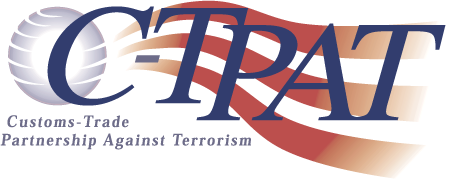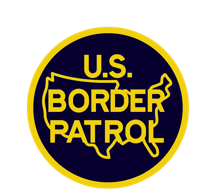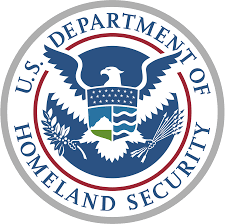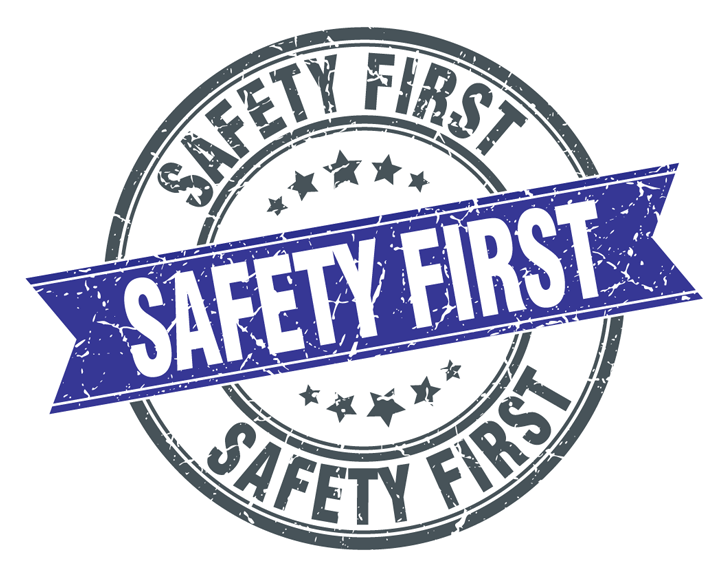Maritime Security Levels
A three-tiered system of Maritime Security (MARSEC) Levels have been designed to easily communicate to the Coast Guard and our maritime industry partners pre-planned scalable responses for credible threats. If the Secretary of Homeland Security issues an NTAS Alert, the Commandant of the U.S. Coast Guard will adjust the National Terrorism Advisory System’s MARSEC Level.
Currently, New Orleans Terminal MARSEC Level is ONE
MARSEC 1 (yellow)
Level one is the new security standard for routine maritime operations and aligns with the Department of Homeland Security’s levels of Green, Blue and Yellow. Some security measures are required to be taken to minimize vulnerability to security incidents.
MARSEC 2 (orange)
Is a heightened threat of security incident and intelligence indicates that terrorists are likely to be active within a specific target or class of targets. MARSEC 2 aligns with National DHS security level “Orange”. Additional security measures as outlined in Vessel, Facility and Area Security Plans must be undertaken and regulated facilities must acknowledge understanding an increased level has been established to minimize vulnerability to security incidents.
MARSEC 3 (red)
Is a probable or imminent threat of a security incident? Aligns with National DHS Security level “Red”. Additional security measures as outlined in Vessel, Facility and Area Security Plans must be undertaken and regulated facilities must acknowledge understanding an increased level has been established to minimize vulnerability to security incidents. MARSEC level 3 will involve significant restriction of maritime operations that could lead to temporary closure of individual ports, waterways and facilities in a region or the entire U.S. Security. As the most advanced marine terminal in the Port of New Orleans, we are constantly keeping pace with the latest technology, equipment, infrastructure and services to maintain the ever-changing operational requirements of our customers. As vessel capacity expands, New Orleans Terminal quickly adapts itself to expeditiously deliver consistent, professional and seamless service.
Security
New Orleans Terminal, along with the U.S. Customs and Border Protection (CBP) and the Port of New Orleans, is dedicated to protecting vessels, cargo and the waterways. All imports and exports have controlled access and are kept in highly secured, monitored areas with
24-hour surveillance.
The terminal complies with federal, state, provincial and local laws and regulations. Our Corporate Vice President, Safety, Environment & Security regularly visits the terminal to reinforce our safety and security standards. New Orleans Terminal is also an active participant in trade discussions on safety and security issues through our affiliation with the National Association of Waterfront Employees (NAWE), the National Maritime Safety Association (NMSA) and other national trade organizations.
We also support the U.S. Department of Homeland Security as a Certified C-TPAT participant. Our operations personnel work closely with U.S. Customs and Border Protection Agents on a daily basis and assist U.S. agents in their efforts to screen cargo, vessels (container/cargo), according to set security measures and standards.
We have implemented a working Business Continuity Plan, along with active participation in required drills and exercises, that keeps everyone within the organization prepared to properly respond to any security threat, incident or emergency/disaster.



Remember To Report All Suspicious Activity
Keep the New Orleans Terminal safe by reporting any suspicious activity or unfamiliar/unauthorized persons. Be alert for unusual behavior such as:
• No response to verbal interaction.
• Anyone slowly and deliberately approaching a potential target.
• Inappropriate attire or excessive clothing that can conceal something.
• Nervousness or apocalyptic talk
• Agitation or rage
• Any vehicle left parked or waiting for long periods near terminal grounds.
• An unescorted person taking photos of the terminal.
• Unfamiliar person(s) asking excessive, inappropriate questions
• Anyone who cannot verify his/her identity with a photo ID upon request.
Contact Police, Emergency or To Report Any Suspicious Activity
Richard Schaefer • (504) 813-8800

General Safety Rules
It is the New Orleans Terminal’s policy to create a safe environment for all of our employees and visitors. ANYONE FOUND VIOLATING THESE RULES WILL BE SUBJECT TO SUSPENSION. If there are any questions or concerns, please call the New Orleans Terminal Customer Service at 504.648.6220
- A current TWIC Card is needed for everyone entering the terminal.
- When exiting a vehicle on terminal grounds, the proper Personal Protective Equipment (PPE) must be worn properly (safety vest, steel toe shoes, hardhat, etc. Use varies depending upon each operation).
- No mobile phones, including earpieces and headphones to be used or worn while servicing or operating a vehicle on terminal grounds. If an imminent need arises, please move away from the operation, park, turn off the vehicle and make the call. Remember Safety first!
- Bobtail Drivers: Use bobtail lanes only when entering or exiting the terminal unless otherwise instructed.
- Pay Attention to Stop Signs. They are strategically placed for everyone’s safety.
- The Speed limit is 15 MPH and strictly enforced!
- Pay attention to clearly marked traffic arrows when driving or operating on the terminal. Most roadways are one way.
- All OTR truckers (OTR) should clearly mark their trucks with a number.
- Remain in your truck when located in the main yard. No walking around or between containers.
- No cutting thru stacks or sections.
- No U-Turns in sections.
- Seatbelts must be worn at all times when on the terminal grounds.
- Watch out for RTGs and always remain in designated RTG Lanes.
- Absolutely No Littering. Dispose of trash in properly marked receptacles.
- NO SMOKING on terminal grounds except in marked designated areas.
- All drivers must unlock pins under the second inbound canopy/pedestal.
- No passengers allowed in trucks except for driver training purposes only. Driver training must be preapproved. Both drivers must have TWIC cards and possess a copy of the approval email.
Protect Yourself
Safety is the most important part of your job. It is critical that everyone follows the rules and regulations set by the New Orleans Terminal Port Director and Safety Director as well as OSHA. Part of the safety procedure is protecting yourself with Personal Protective Equipment (PPE). As accidents can unexpectedly happen, don’t be careless and think that you are invincible. Never let your guard down. Be a leader and an example of safety. PPE first starts with you.
PERSONAL PROTECTIVE EQUIPMENT REQUIREMENTS:
- Safety, high visibility vest worn all times.
- No dirty or ripped vests.
- Hard hat (where required)
- Heavy duty gloves
- Clean, sturdy work pants and shirts – no rips or holes
- No shorts
- No headphones
- No cell phones
N.O.T. carefully follows OSHA, Occupational Safety & Health Administration, standards. Safety is a serious responsibility. Make it your first priority!